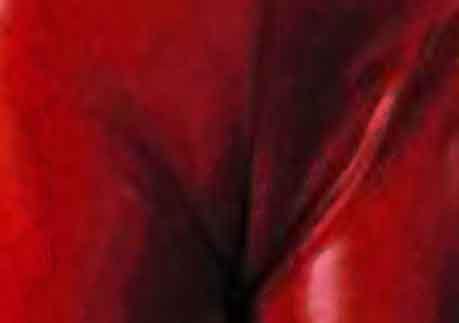
The inanimate stone is partly commemorative, partly representative. It is practically a fetish, the tangible abode of the recipient of veneration. Thus, one finds the groove along the top or the bifurcation suggestive. This inference is supported by the repeated discovery, in course of excavation, of representations of a goddess who was evidently the embodiment of life and fertility. A few figurines and numerous small ‘Astarte-plaques,’ with moulds for their manufacture, prove the prevalence of a mother-goddess and patroness of nature, essentially identical with that familiar in the old Oriental religions. The plaques, which are about 6 to 7 inches in length, offer a large variety of types from the coarsest exaggeration of sexuality to highly conventionalised forms. The manifold representations of the Palestinian ‘good goddess’ extend over a lengthy period, and vary in taste and nuance from the crudest of specimens to veritable artistic products of the Seleucid age.
Among other objects which hardly belong to public cult, but were probably for household or private use, may be noticed the small idols. It is often difficult to distinguish the fetishes and symbols, which involve ideas of some relationship with a supernatural being, from the charms, amulets, and talismans, wherein other religious ideas are involved. The possibility that some of the objects are really toys cannot be excluded.
The Religion of Ancient Palestine, by Stanley A. Cook [excerpt]